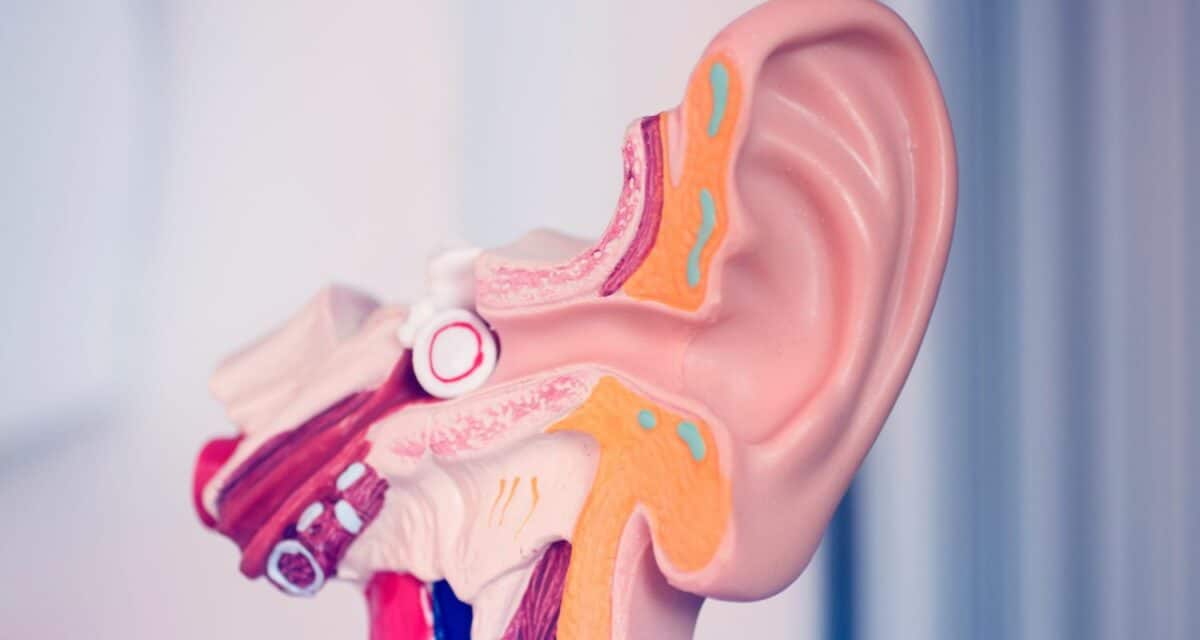Our sense of balance is what keeps us upright and feeling stable while we move through space without falling. Balance seems to happen so automatically that you may not not know how we actually maintain it. But balance involves a complex system known as the vestibular system. Balance issues are produced when the vestibular system is impacted and there is disruption of the messaging that happens between the central nervous system and the brain. According to the National Institute on Deafness and Other Communication Disorders, about 40% of people in the U.S. will experience dizziness and/or balance related challenges during their lifetime.
How does the vestibular system work?
The vestibular system, the sensory system for balance, is housed in the inner ear. This labyrinth like structure is formed by bone and tissue that create loops known as semicircular canals which detect and communicate specific movements:
- First canal: up and down movements
- Second canal: side to side movements
- Third canal: tilting movements
These canals are filled with fluid and sensory cells that send messages (via the acoustic nerve) about movement to the brain. Messages communicate when the head moves, head, and body position. Sensory receptors from the eyes, skin, joints, and muscles also communicate the position of the body in relation to gravity and other objects. These signals, sent to the brain, help us maintain balance and knowledge of where we are in a given space. But there are several ways this system can be affected that lead to balance issues.
What causes balance issues?
There are over a dozen balance disorders. Many factors can cause a balance disorder including inner ear disorders, neurological conditions, and head injuries. A few common causes include:
- Meniere’s Disease: this inner ear disorder occurs when there is an accumulation of fluid in the inner ear. This fluid produces pressure and inflammation which impacts components of the vestibular system. While exact causes of meniere’s disease are unknown, experts suggest that it could be caused by viral infections, autoimmune conditions, or issues related to blood vessels. .
- Benign Paroxysmal Positional Vertigo (BPPV): another type of inner ear disorder, BPPV is vertigo that is also known as positional vertigo. It consists of experiencing intensive vertigo when head position changes. BPPV is caused by issues with the otolith organs in the inner ear. These organs are filled with fluid and calcium carbonate which can become dislodged. The movement of calcium carbonate into one of the semicircular canals interferes with the messaging sent to the brain about the position of the head which causes vertigo. BPPV can be caused by head injuries and aging.
- Labyrinthitis: is an infection or inflammation in the inner ear. It is typically caused by an upper respiratory infection like the flu.
- Vestibular Neuritis: the vestibular nerve helps carry information about balance and movement to the brain. Vestibular neuritis results when the nerve experiences inflammation which can be caused by viral infection.
In addition to these inner ear disorders, neurological conditions like Alzheimer’s and Parkinson’s can also affect balance.
What are the symptoms of a balance disorder?
Numerous underlying conditions can impact the balance system, contributing to the development of a balance disorder. Though symptoms can vary depending on the specific underlying cause, common symptoms include the following:
- Dizziness or vertigo making you feel like you are spinning
- Feeling like you are going to fall
- Confusion or feeling disoriented
- Fatigue, headaches, difficulty concentrating
- Feeling lightheaded or faint
- Blurred vision
- Nausea, vomiting, motion sickness
These symptoms can be intermittent or more chronic, impacting the ability to navigate everyday life safely and comfortably.
How are balance disorders treated?
There are various tests that are used to identify balance disorders. Treatment depends on the underlying cause of symptoms and can include:
- Medications: if the underlying cause is bacterial infection, antibiotics can be prescribed to clear this.
- Vestibular rehabilitation therapy: VRT consists of performing specific movements and exercises (with the eyes, head, body) in alternative ways without triggering vertigo.
- Canalith repositioning: this treatment is used to treat BPPV and involves putting the patient’s head in specific positions to reposition the crystals that become dislodged in the inner ear.
These are among effective ways that balance issues are alleviated and managed. Contact us to learn more about balance issues and treatment options.

